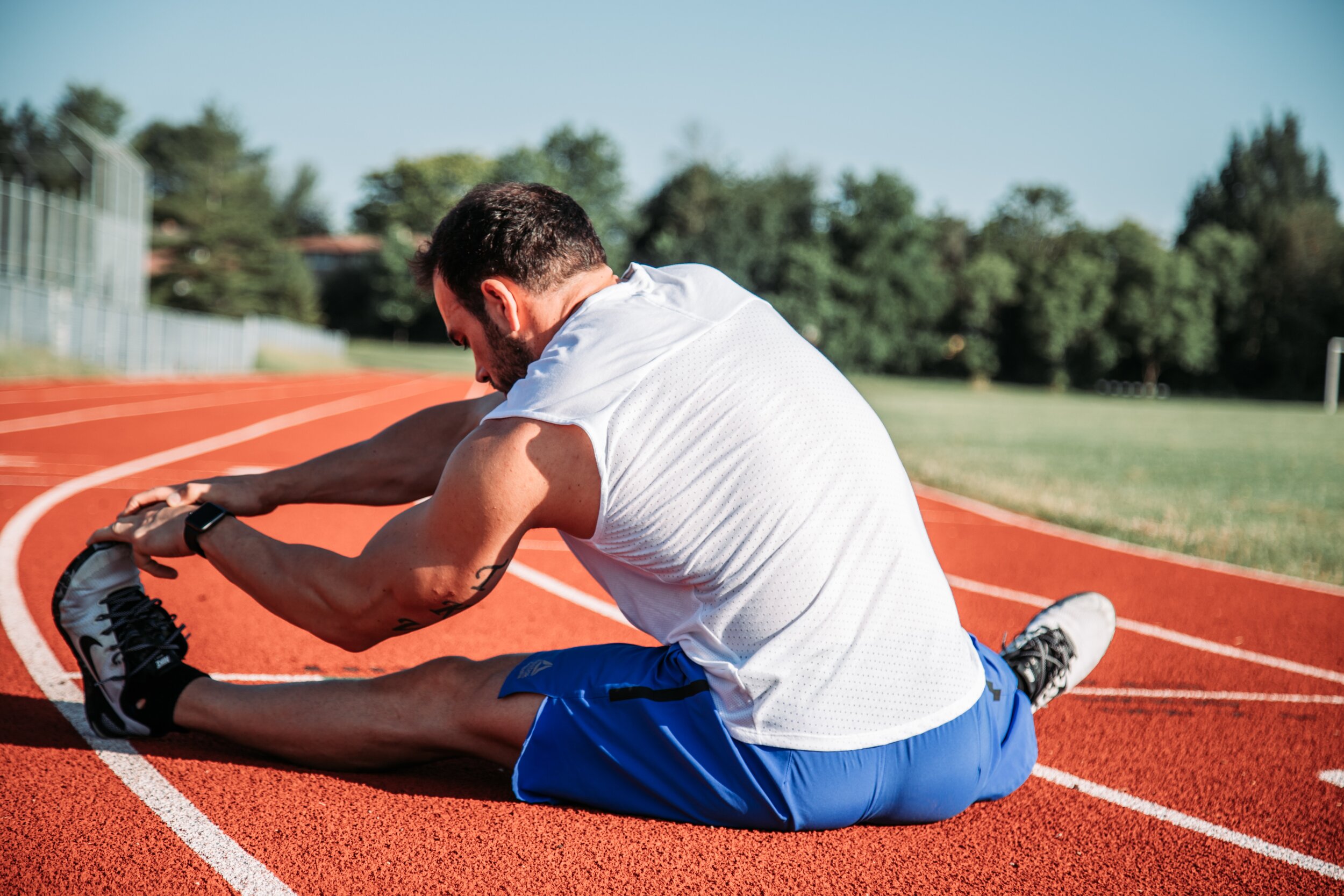Why do my muscles feel tight?
Any student who I have taught over the years will know that I don’t like the word ‘tight’ when describing muscles. The main reason for this is that ‘tight’ is not a measurable characteristic of muscles but rather a feeling of the client. Muscles can feel tight, but muscles can not be tight. To make it clear from the start I have no problem with clients describing their muscles as tight because it is a feeling, but I expect more of therapists to understand what is really going on in the muscles.
I believe the more you understand what is going on in your body the better you can improve your movement and performance. The main question is ‘why do my muscles feel tight?’ Contrary to common belief ‘tight’ does not mean ‘short’. The first instinct when a muscle feels tight is to get it massaged or foam roll it and why that may give short term relief it is not necessarily going to the fix the problem. Tight can be a feeling of a short muscle but it can also be a result of a muscle being weak.
Two of the more common muscles that get ‘tight’ are the hamstrings and the calves. Both of these groups of muscles are more likely to feel tight because they are weak and not because they are short. They may present as short with reduced range of motion, the inability to touch your toes for example, but the reason why they are short is most likely because they are weak. When we try to resolve this feeling of tightness with the use of manual therapy techniques, like massage or foam rolling, the result will be short term relief but most likely you will return to the same feeling of tightness. Manual therapy on its own is not the solution. The perfect solution is to use the short term benefit of manual therapy to then strengthen and lengthen the muscles. When looking at exercises for ‘tight’ muscles the best approach it to look at eccentric exercises, exercises that lengthen and load the muscle at the same time. Let’s have a look at these two muscle groups in a bit more detail.
Gastrocnemius
Soleus
The calves are made up of two separate muscles, the gastrocnemius and the soleus. The calves’ main role is to propel us forward when we walk and when we run. They are arguably the hardest working muscles in the body. It is very easy to see that if these muscles are not adequately strengthened then they will quickly become dysfunctional and feel ‘tight’. It is common for people to experience ‘tight’ calves when they start walking and running regularly or increase their walking or running load. The first response, as mentioned previously, is to foam roll or get a massage, which is a good option to help manage pain and the feeling of tightness but without proper strengthening exercises the calves will continue to feel ‘tight’. In regards to the calves the best eccentric exercise option is a calf lower off a step. This is an exercise that can be done as a body weight exercise or can be loaded with a barbell or by using a leg press machine.
The main difference between the gastrocnemius and the soleus is that the gastrocnemius crosses the knee joint and the soleus does not. This means that when we strengthen the calves, exercises need to be done with both a straight knee and a bent knee to ensure that we are adequately strengthening both the gastrocnemius and the soleus. As the calves primary role is to propel the body forward it is also important to train them concentrically, shortening the muscle under load, and plyometrically, jumping and hopping. Calf raises, both under body weight and added load are good options for concentric exercises. Vertical and horizontal jumping and hopping as well as box jumps and hops are great plyometric exercises.
The hamstrings are made up of three separate muscles, the biceps femoris, the semimembranosus and the semitendinosus. The main role of the hamstrings is to decelerate the leg and to facilitate the leg transferring from moving forward to moving backwards when we walk and run. Eccentric strength in the hamstrings is essential for runners, especially runners who accelerate and sprint regularly. It is very rare that we shorten the hamstring under load in our day to day lives so it doesn’t make sense to train them concentrically as our primary strengthening exercise. Hamstring curl machines in gyms are not the best option when it comes to strengthening the hamstrings. The two best exercises for strengthening the hamstrings are Romanian deadlifts and Nordic hamstring curls. The evidence is overwhelming that athletes who include Nordic hamstring curls in their pre-season strengthening and as part of their regular strength programs have less hamstring injuries.
If you are experiencing ‘tight’ muscles you can book an appointment here and we can work together towards strengthening your muscles and increasing your movement and performance.




